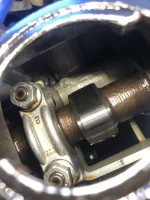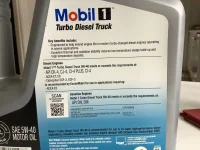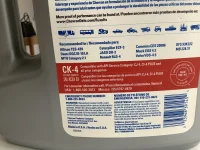Hi everyone, this is a harmless question and I don't want to be argumetative. I am curious and want to learn.
Some time ago I remember that a guy gave me a speech about motor oils. According to him Heavy Duty Engine Oil were also good for Passenger Car and also had better performance.
He explained to me that the most important features are the API and not so much the ACEA.
At the time we were talking about cars without DPF, he told me especially for diesel engines it is important to look for oils with CH-4 / CI-4 specifications or higher and a E5 / E7 oilcan be used in virtually any car
Is it's true? even now?
What is the difference between Passenger Car Motor Oil and Heavy Duty Engine Oil?
Some time ago I remember that a guy gave me a speech about motor oils. According to him Heavy Duty Engine Oil were also good for Passenger Car and also had better performance.
He explained to me that the most important features are the API and not so much the ACEA.
At the time we were talking about cars without DPF, he told me especially for diesel engines it is important to look for oils with CH-4 / CI-4 specifications or higher and a E5 / E7 oilcan be used in virtually any car
Is it's true? even now?
What is the difference between Passenger Car Motor Oil and Heavy Duty Engine Oil?



